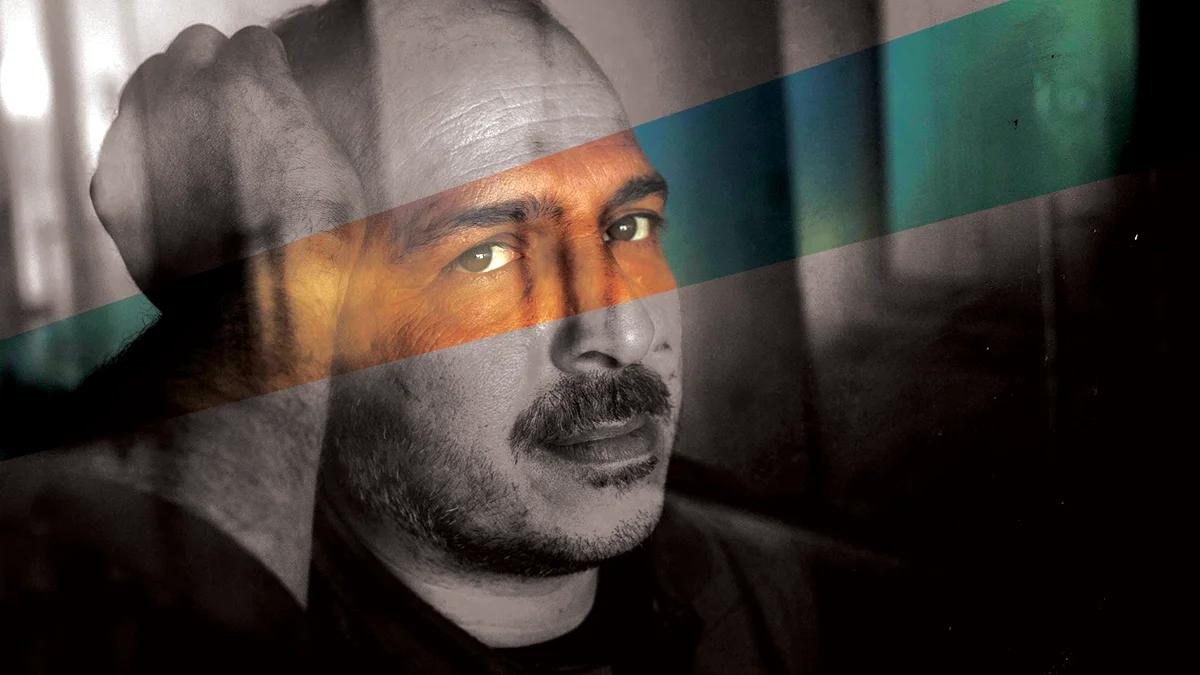Social Anxiety
18 October 2023 at 09:41 · 6 min read

What does it mean to be socially anxious and how we take care of ourselves and others who experience social anxiety disorder?
Anxiety, alongside depression, is one of the most common mental health issues experienced amongst the global population. Chronic anxiety comes under a spectrum of mental health issues with social anxiety disorder being one of them. In particular, social anxiety is a long-term mental health condition, characterised by feeling fearful of social situations and performance, which leads people to negatively anticipate and catastrophize social events, as well as often outright avoiding them. Living with social anxiety can be debilitating, causing difficulties in everyday life, affecting mental functioning and overall wellbeing. There are several causational factors which help to understand why some people experience social anxiety, as well as evaluating the most effective ways to reduce symptoms and supporting an individual’s self-management of this condition.
The DSM-5 psychology diagnostic manual states that a diagnosis would be given if such symptoms persist over 6 months.
The key symptoms of social anxiety disorder:
- Disproportionate level of fear in response to the actual event or perceived threat
- Fear of being negatively judged by others
- Fear of behaving in a way that will be negatively judged
- Preferring to avoid social or performative situations
- Low self-esteem
Physiological (somatic) symptoms; especially noticeable in response to a social trigger:
- breathlessness when talking
- stammering
- sweating
- trembling
- Increased heart rate (irregular palpitations)
- Panic attacks-overwhelming sense of fear and stress for up to a few minutes
- nausea
- muscle tension
- dizziness/light headedness
Common examples of being socially anxious include:
- Worrying about everyday events such as going to work, shopping, meeting new people, asking strangers for help and initiating conversations
- Finding it uncomfortable and difficult to do things when others are watching
- Feeling like you are being watched or judged near enough all the time
- After a social situation critically self-analysing and identifying flaws in your interactions
Causes of social anxiety and influence of modern-day technology:
It is during the teenage years where social anxiety most commonly starts to be experienced, however, it is important to remember that during adolescent life major hormonal and structural changes are present in the brain. Typically, feared social situations tend to be experienced from speaking in front of a class, asking a teacher a question, performing in front of others, meeting new people, joining in conversations and attending social gatherings amongst others.
What is interesting is that a growing amount of research suggests that there is a complex relationship between individual factors (genetics, biological, neurological processing, cognitive processing and social developmental skills) and environmental factors (influence from family, aversive social experiences and significant life events). In addition, cultural factors do appear to impact social anxiety disorders. It is also important to take into societal context the current day and age of modern technology and social media. The fear of being socially judged online and how you are perceived by others seem to be at the height of negative associations surrounding social-media platforms. To an extent, social media can be very damaging to people’s self-esteem and even perpetuate pre-existing mental health conditions, such as social anxiety disorder.
Recent neuroscientific research suggests how a ‘socially anxious’ brain behaves:
As of yet, there is no evidence to indicate that specific genes are associated directly with social anxiety disorder. Research from neuroimaging findings suggests that the amygdala and pre-frontal cortex brain areas tend to be involved in the emotional processing of a perceived threat (stimuli) which then activates higher cognitive processing. This kind of processing is involved in regulating emotions and behavioural responses to triggering stimuli.
Neuro-imaging research has shown that adult patients with social anxiety disorder displayed higher amygdala activation, which was during a response from a social- anxiety triggering stimuli. A brain imaging study in 2014 similarly showed higher responsivity as well as structural differences in the amygdala-present in adults with a history of social behavioural withdrawal/avoidance.
A theoretical model of how people generate and maintain anxiety in social/evaluative situations (Rapee and Heimberg; 1997) illustrates that before a person enters a social situation, they mentally generate a representation of themselves as to how they assume the audience perceives them. The mental image is implied to be linked with negative past experiences, as well as audience response and the outcome of the situation. A person with social anxiety tends to hold the belief that the audience has unrealistically high standards and therefore underestimates the quality of themselves and own performance. This kind of self-critical thinking leads them to anticipate negative outcomes. In turn, the negative thought processing triggers cognitive, behavioural and physiological (nervous system) responses, which are not of the norm - responses which may even help generate the very negative outcomes that the person wished to avoid.
Treatment and support:
- Seeking support is the first step of self-care- getting help as soon as possible from trusted friends, family or health care specialists. Making others aware of what you are going through can help in feeling understood and supported by others.
- Understanding yourself- It may be helpful to write down what you think and feel in a personal diary. It can also be helpful to try speaking to someone you feel comfortable with, talking openly may help increase self-understanding. In addition, it can help you to identify what triggers certain negative thoughts, feelings and behaviours and come up with useful strategies to help cope.
- Prioritise your health and happiness- Take time for yourself, especially when you feel consistently anxious and overwhelmed with stress. Managing your time and energy to best fit you is an important practice of self-care and can help improve many areas of your life.
- Practise Breathing techniques in times of anxiety stimulating situations try to relax and calm your breathing, breathing in and out for 4 steady counts. Closing your eyes or focusing on one place may help during this relaxation technique.
Clinical treatments for social anxiety disorder: Cognitive Behavioural Therapy (CBT), can help to identify negative thought patterns and behaviours, leading you to challenge those thoughts and adapt to new healthier ways of coping. Support groups may also be offered in person or through online-forums. Talking with others who have similar experiences may be reassuring and help individuals to feel empowered and overcome their own negative self-perceptions and social fears.

